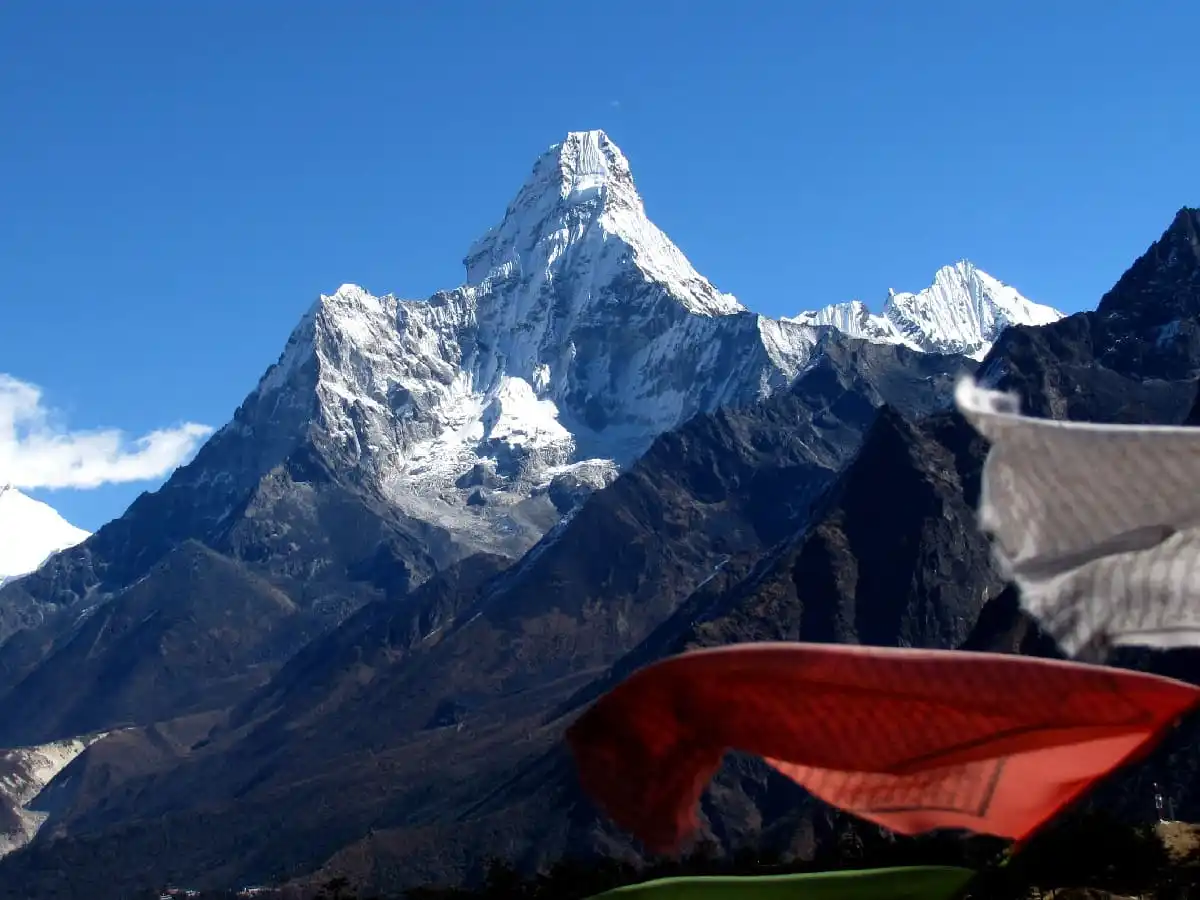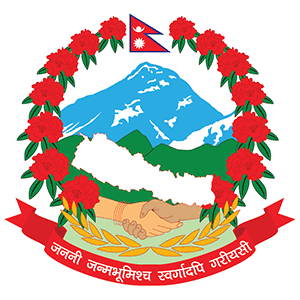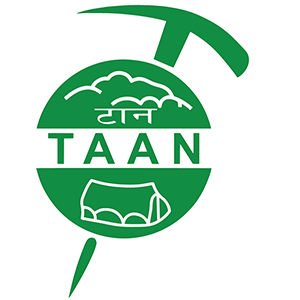Preparing for the Ama Dablam Expedition requires careful planning, physical training, and mental readiness. Here's a step-by-step guide to help you prepare:
Physical Fitness: Focus on cardiovascular endurance, strength training, and flexibility. Regular aerobic exercises like hiking, running, and cycling will build stamina. Strengthen core muscles, legs, and upper body for the demands of climbing.
Altitude Acclimatization: If possible, engage in altitude training or prior high-altitude climbs to adapt your body to reduced oxygen levels. This minimizes altitude-related risks.
Technical Training: Enhance your climbing skills through courses and practice. Develop proficiency in rock, ice, and mixed climbing techniques, ropework, and rescue skills.
Gear Familiarization: Become acquainted with all technical equipment required for climbing, including harnesses, helmets, ice axes, crampons, ropes, and protective gear.
Mental Readiness: Cultivate mental resilience, patience, and adaptability. Prepare for exposure to extreme conditions, long climbs, and decision-making in challenging situations.
Health Check: Undergo a thorough medical examination to identify any pre-existing health issues. Address concerns with your healthcare provider and ensure you're physically fit for high-altitude climbing.
Travel Arrangements: Plan your travel to Nepal, including flights, visas, and accommodations in Kathmandu.
Permits and Logistics: Confirm permit requirements and logistics with your chosen expedition operator. Ensure you have all necessary permits, gear, and documentation.
Training Climbs: Undertake practice climbs or treks to simulate expedition conditions and build confidence in your skills and physical abilities.
Equipment Checklist: Follow the expedition's equipment list meticulously. Ensure all gear is in good condition and suits the conditions of Ama Dablam.
Climbing Attire: Assemble appropriate clothing layers for extreme cold and changing weather conditions. Test your clothing system during training climbs.
Mental Preparation: Research the mountain, its challenges, and past expeditions. Develop a positive mindset, focus on your goals, and visualize success.
Hydration and Nutrition: Learn about high-altitude nutrition and hydration. Plan a balanced diet and practice using high-altitude foods during training.
Team Dynamics: If part of a group, establish good communication and camaraderie. Teamwork and mutual support enhance safety and success.
Travel Insurance: Ensure comprehensive travel insurance that covers medical emergencies, evacuation, and trip cancellations due to unforeseen circumstances.
Environmental Respect: Familiarize yourself with Leave No Trace principles and ethical mountaineering practices to minimize environmental impact.
Final Preparations: Double-check all arrangements, complete necessary paperwork, and ensure you're mentally and physically prepared.
Remember that the Ama Dablam Expedition is a significant undertaking that requires dedication, training, and respect for the mountain environment. Prioritize safety, follow the guidance of experienced guides, and approach the climb with humility and determination.







